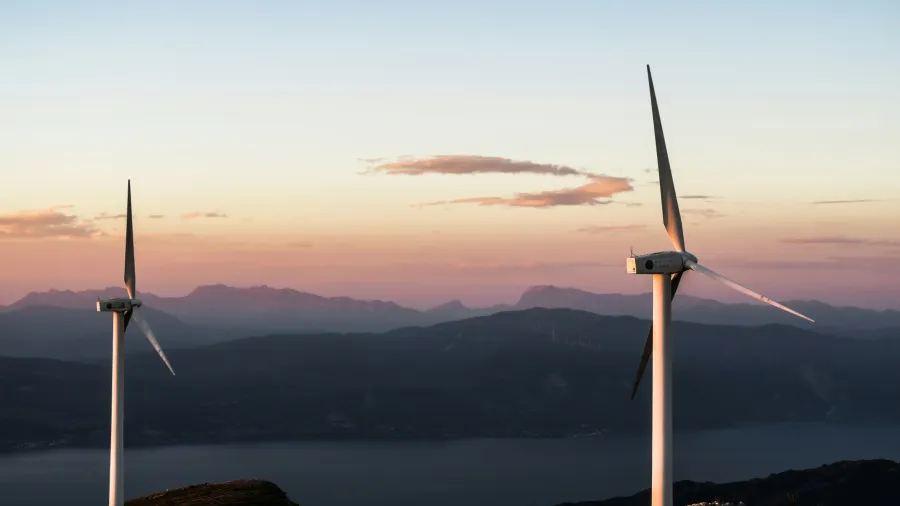
Four key areas to address to accelerate renewable energy growth
Around $10t in investment is needed to triple the renewables capacity by 2030.
The Global Renewables Alliance (GRA) has identified four core areas industry leaders should prioritise to deliver the tripling of renewable energy by 2030 focused on finance, supply chains, permits, and grids.
In a statement, GRA CEO Bruce Douglas said the current pace of renewable capacity deployment indicates that the sector “will fall far short” of the climate commitment of keeping the temperature increase to 1.5 degrees Celcius.
For finance, industry leaders should scale up investment flows through public and private finance to attain the $10t required to triple the renewables capacity by 2030.
This could be done through the collaboration of public and private sectors in coming up with various models to meet the needs of underinvested countries such as blended finance, green bonds, and risk mitigation strategies.
Supply chains should also be prioritised as they will “serve as a critical foundation” to accelerate renewables deployment.
Industry leaders could do this by collaborating on sustainable transition plans that include diversifying production sources, expecting production gaps, and localising value chains to avoid risks and price volatility.
They should also “foster fair and transparent trade practices.”
Planning and permission processes should also be streamlined to cut the time and cost risks of renewable projects.
Meanwhile, for the grids, industry leaders should drive investments in new infrastructure that can accommodate a higher share of renewable energy.
“There are no ‘magic bullets’ or shortcuts available; global action must be focused, disciplined and aligned around key priorities,” said Francesco La Camera, Director-General of the International Renewable Energy Agency (IRENA).
“We must overcome the structural and systemic barriers that impede progress by modernising and expanding infrastructure, establishing regulatory frameworks and market design fit for the renewables era and building institutional and human resource capabilities,” he added.











 Advertise
Advertise











